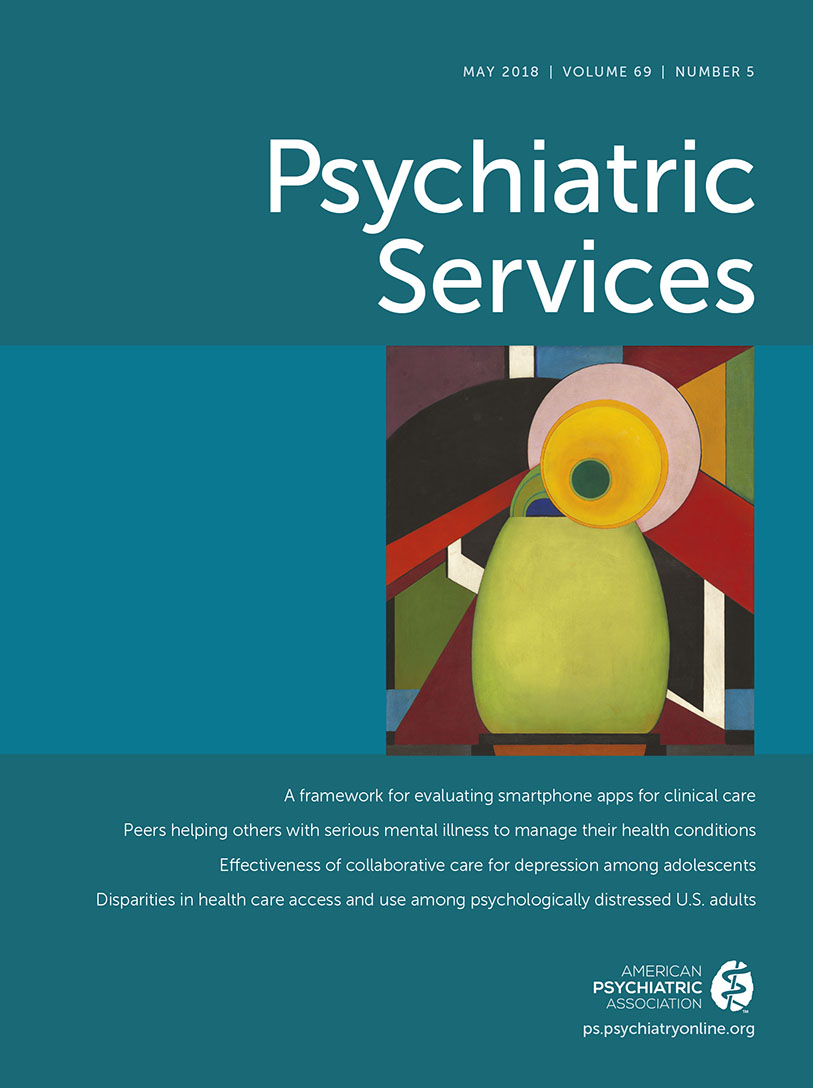The Role of Peers in Health Interventions for Serious Mental Illness
People with a serious mental illness have a 10- to 32-year early mortality risk, driven partly by smoking, obesity, and poor management of chronic diseases. Many clinical interventions, such as smoking cessation, weight loss, improved fitness, and improved disease self-management, can reduce disease risk in this population. Providing interventions within community mental health settings greatly facilitates access for people with serious mental illnesses and may be appealing to this population. In addition, integration of general medical care and mental health care improves access to assessment and clinical management of common chronic diseases such as hypertension, diabetes, and chronic obstructive pulmonary disease. Even with integrated care, however, people with serious mental illnesses often need assistance to change health behaviors and manage their chronic conditions.
Peer support is a promising strategy to engage this group in these activities.
In their study, Druss and colleagues (this issue) enrolled 400 participants with serious mental illnesses and provided 12 sessions (six group and six individual) of a chronic disease self-management curriculum led by mental health peers with chronic conditions. They found statistically significant albeit small improvements in mental and physical components of quality of life and in recovery assessment scores but no differences in other patient behaviors thought to mediate health-related quality of life (including medication adherence). In comparison, two large studies evaluated the same chronic disease self-management model among patients with chronic disease in the general population. These studies also showed statistically significant but small differences in health behaviors (such as an additional 15 minutes of exercise per week) and decreased health distress. Behavioral interventions for health behavior change among people with serious mental illnesses tend to have small effect sizes. In contrast, using medications to complement behavioral interventions may have larger effect sizes. Examples include using metformin with behavioral intervention for weight loss among people with schizophrenia who are taking olanzapine, and adding varenicline or bupropion to behavioral cessation treatment for smokers with serious mental illness.
Although the brief, peer-led intervention tested by Druss and colleagues resulted in small changes in objective health and mental health outcomes, such interventions are compelling examples of peers’ ability to engage individuals with serious mental illness to address their chronic conditions. Peer delivery of interventions for people with serious mental illness may have several advantages. First, patients may be more interested in enrolling in these programs when peers recruit them. Second, peers can be powerful role models for changing behaviors, leading by example rather than by telling people what to do. Third, peers may be effective at retaining people with serious mental illness in these programs by relating to their challenges and offering advice for coping with them. Thus, peers may be more effective than any other type of health provider at engaging people and helping them maintain their self-management or health behavior change. However, the small changes resulting from these interventions also suggest that there are limitations in the clinical effectiveness of peer-led disease self-management interventions, particularly for health behavior change. As these authors acknowledge, diet, physical activity, smoking, medication adherence, and quality of medical care should be more directly addressed if substantial health behavior change is to be achieved.
Future efforts should further evaluate the most feasible and potentially effective roles for peers in the delivery of health behavior change and disease self-management interventions. Three areas are particularly promising. First, peer specialists may be effective and complementary intervention coleaders with clinical providers. In this partnership, health professionals deliver evidence-based interventions for physical activity, weight loss, and smoking cessation while peer specialists focus on consumer engagement to increase the appeal and effectiveness of these interventions. Second, peer support specialists may facilitate naturally occurring peer-to-peer support among participants in professionally led, evidence-based interventions. Past research has not acknowledged the peer support that often emerges among intervention participants. Third, online or virtual peers may play a large role in technology-delivered interventions by demonstrating behavior change, providing peer support, or being intervention leaders.
The Druss et al. study highlights the potential of peer involvement. Given the urgent need to address health disparities in this group, future research should carefully consider and test the optimal role of peers in interventions to address health disparities.



